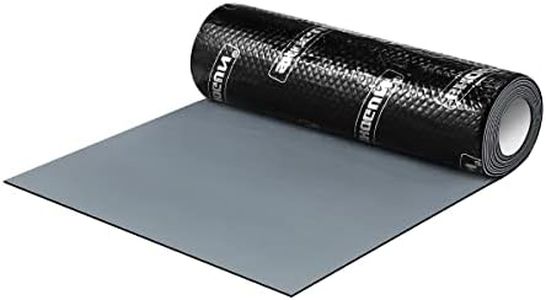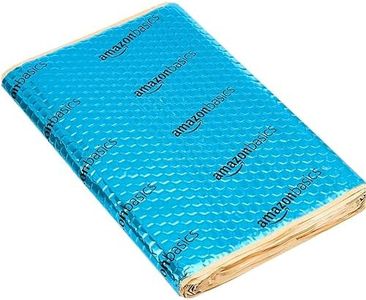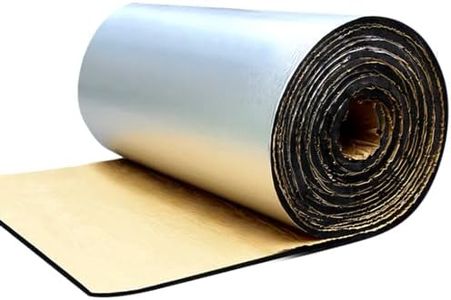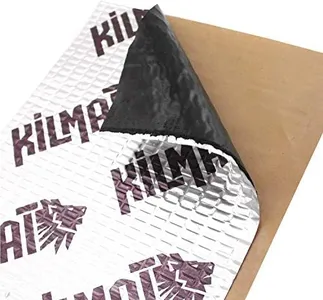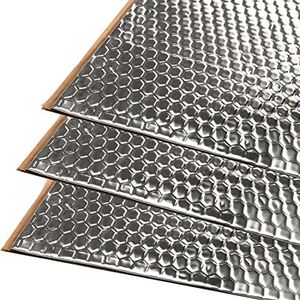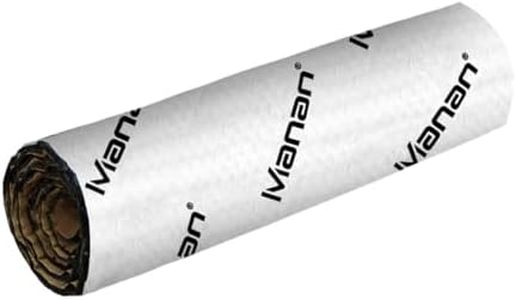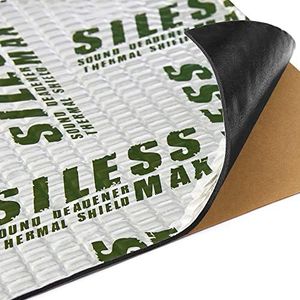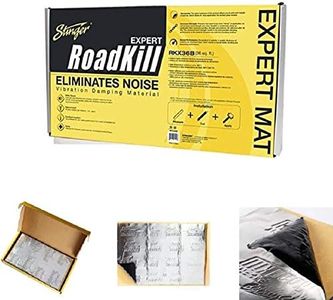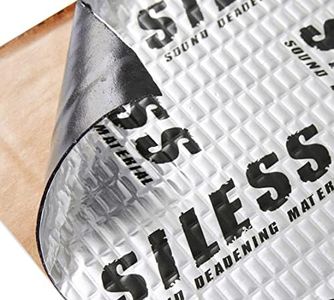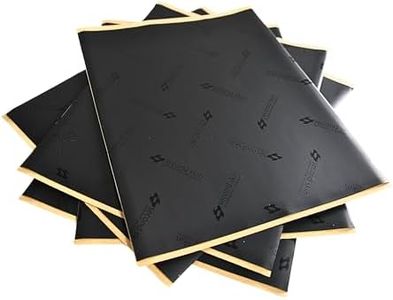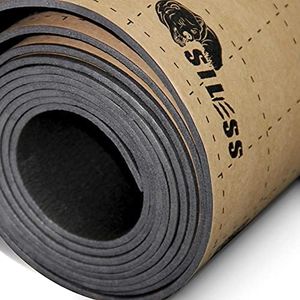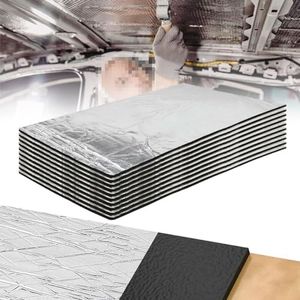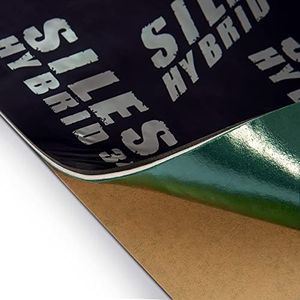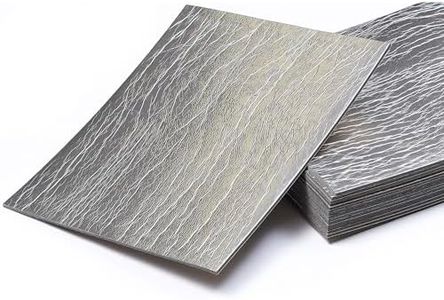We Use CookiesWe use cookies to enhance the security, performance,
functionality and for analytical and promotional activities. By continuing to browse this site you
are agreeing to our privacy policy
10 Best Sound Deadening For Cars
From leading brands and best sellers available on the web.By clicking on a link to a third party's website, log data is shared with that third party.
Buying Guide for the Best Sound Deadening For Cars
When shopping for sound deadening materials for cars, your goal is to reduce the amount of road noise, vibrations, and outside sounds that enter your vehicle. This can greatly improve your driving comfort, audio quality, and overall experience inside the cabin. It's important to choose the right type and quality of material based on where in the car you plan to install it, and what your noise reduction needs are. Understanding the main specs will help ensure you pick a product that matches your expectations and installation abilities.Material TypeSound deadening products come in various material types such as butyl rubber, asphalt-based sheets, foam, or spray-on compounds. The material chosen determines its effectiveness, longevity, smell, and ease of installation. Butyl rubber is popular for being effective, not smelling, and easy to shape, while asphalt-based can be less expensive but might smell in warm conditions. Foams are usually lighter and good for absorbing higher-frequency sounds, while sprays can reach hard-to-cover areas. When picking, consider if you need flexibility (for uneven shapes), ease of handling, or if you’re sensitive to odor.
ThicknessThickness refers to how deep the sound deadening layer is, usually measured in millimeters. Thicker materials generally provide better sound and vibration reduction, but may be harder to fit under carpets or panels. Common thicknesses range from about 1mm to over 3mm. Thin materials are easier to install and work well for mild noise reduction in door panels, while thicker products are better for the floors, firewall, or trunk, where strong soundproofing is needed. Choose based on how much space you have for installation and the noise level you want to block out.
Adhesive QualitySound deadening sheets usually have a sticky backing to help them bond to metal surfaces. Good adhesive ensures the material stays in place long term, even in hot or cold weather. Lower-quality adhesives can peel off, especially in the summer heat. High-quality adhesive makes installation easier and more reliable. If you plan to install on vertical surfaces or in areas that get hot, stronger adhesive is helpful. If you want easy removal or to experiment with placement, a lighter adhesive may suit you.
Coverage AreaCoverage area tells you how much surface you can treat with one package, usually measured in square feet or meters. This helps you estimate how much product you need for doors, floors, the trunk, or the roof. If you only want to target problem spots, a small kit could be enough, but for full silence, you'll want enough material to cover most metal surfaces. Assess which areas of your car are loudest and plan coverage accordingly.
Heat ResistanceHeat resistance describes how well the material performs when exposed to high temperatures inside the car, especially crucial in summer or in areas near the engine or exhaust. Materials with higher heat resistance won’t melt, sag, or lose adhesive on hot days. If you live in a hot climate or plan to use sound deadening near heat sources, check this specification to avoid future problems.
WeightWeight refers to how heavy the sound deadening material is once installed, usually stated per square foot or square meter. Heavier materials tend to block more sound but add to your vehicle’s overall weight, which can affect fuel efficiency slightly. Lightweight products provide moderate noise reduction without any noticeable impact. Consider how much extra weight your car can handle and balance noise reduction with the goal of keeping the vehicle as efficient as possible.
